When you're going through chemotherapy, eating can feel like another battle. Nausea hits out of nowhere. Food smells wrong. Your favorite meals taste like metal. And no matter how hard you try, the scale keeps dropping. You’re not alone. Six out of ten people on chemo lose weight or struggle to eat enough. But here’s the truth: what you eat isn’t just about feeling better-it’s about keeping your treatment on track. Skipping meals or losing too much weight can delay chemo, weaken your immune system, and make recovery harder. The goal isn’t to eat healthy in the usual sense. It’s to eat enough to survive treatment-and that means changing how, when, and what you eat.
Why Your Body Needs More Calories and Protein During Chemo
Your body isn’t just fighting cancer during chemotherapy. It’s also fighting the side effects of the drugs. Chemotherapy attacks fast-growing cells-including healthy ones in your gut, mouth, and muscles. That means your body burns more energy just to repair itself. The standard recommendation for a healthy adult is 0.8 grams of protein per kilogram of body weight. For someone on chemo? That jumps to 1.2 to 2.0 grams per kilogram. That’s nearly double. If you weigh 70 kg (about 154 lbs), you need between 84 and 140 grams of protein a day. Most people get half that from a typical diet.
Calories matter too. Healthy adults need about 20-25 calories per kilogram per day. During chemo, that number goes up to 25-30. That’s not a suggestion-it’s a medical requirement. Studies show that patients who meet these targets are 31% less likely to have treatment delayed because of low nutrition. And they’re 8-12% more likely to survive certain cancers long-term. This isn’t about getting fit. It’s about staying strong enough to finish your treatment.
How to Beat Nausea Without Giving Up Food
Nausea is the number one reason people stop eating during chemo. But it’s not hopeless. The key is working with your body, not against it.
- Forget three big meals. Eat five to six small ones-around 300-400 calories each. A small bowl of soup, a handful of crackers with peanut butter, or a smoothie counts as a meal.
- Drink fluids between meals, not with them. Sipping water or tea while eating fills your stomach too fast and makes nausea worse.
- Avoid greasy, fried, or heavily spiced foods. These trigger nausea in 73% of patients. Stick to bland, plain options like toast, rice, or boiled chicken.
- Stay away from strong smells. Cook in a well-ventilated kitchen, use a microwave instead of the oven, or ask someone else to prepare food.
- Try cold or room-temperature foods. Hot foods release more odor, which can make nausea worse. Chilled watermelon, yogurt, or pudding are often easier to tolerate.
- Keep ginger handy. Ginger chews, ginger tea, or even ginger ale (real ginger, not just flavoring) helped 287 people on Cancer Survivors Network manage nausea. Try one before meals.
One patient in Leeds told me she started eating a small bowl of oatmeal with honey and almond butter at 7 a.m., then another at 10 a.m., then again at 1 p.m., 4 p.m., and 7 p.m. She didn’t feel full, but she kept her calories up. Within two weeks, her nausea dropped by half.
Protein Is Non-Negotiable-Here’s How to Get It
Protein isn’t just for muscle. It’s your body’s repair kit. Without enough, you lose lean tissue-your strength, your immune function, even your ability to heal from mouth sores. But most protein sources like steak or eggs can be hard to eat when you’re nauseated.
Try these easy, high-protein options:
- Full-fat Greek yogurt (15g protein per 6 oz)
- Peanut butter (8g per 2 tbsp)
- Cottage cheese (14g per ½ cup)
- Blended protein shakes with milk, banana, and peanut butter (25g+ protein)
- Hard-boiled eggs (6g each)
- Protein powders mixed into soups, mashed potatoes, or smoothies
One Reddit user shared his daily routine: two homemade shakes (Greek yogurt, peanut butter, honey, milk), two eggs, a cup of cottage cheese, and a protein bar. He gained 3 pounds in three weeks-even though he still felt sick. That’s the goal: keep eating, even if you don’t feel like it.
If you can’t eat solid food, liquid nutrition can help. Products like Ensure Plus or Boost Plus provide 350-400 calories and 13-16g of protein per bottle. But they’re expensive-$35-$45 for a 12-pack. Many patients save money by making their own: blend 1 cup whole milk, ½ cup Greek yogurt, 2 tbsp peanut butter, 1 banana, and a spoon of honey. That’s 400+ calories and 20g protein for under $1.50.
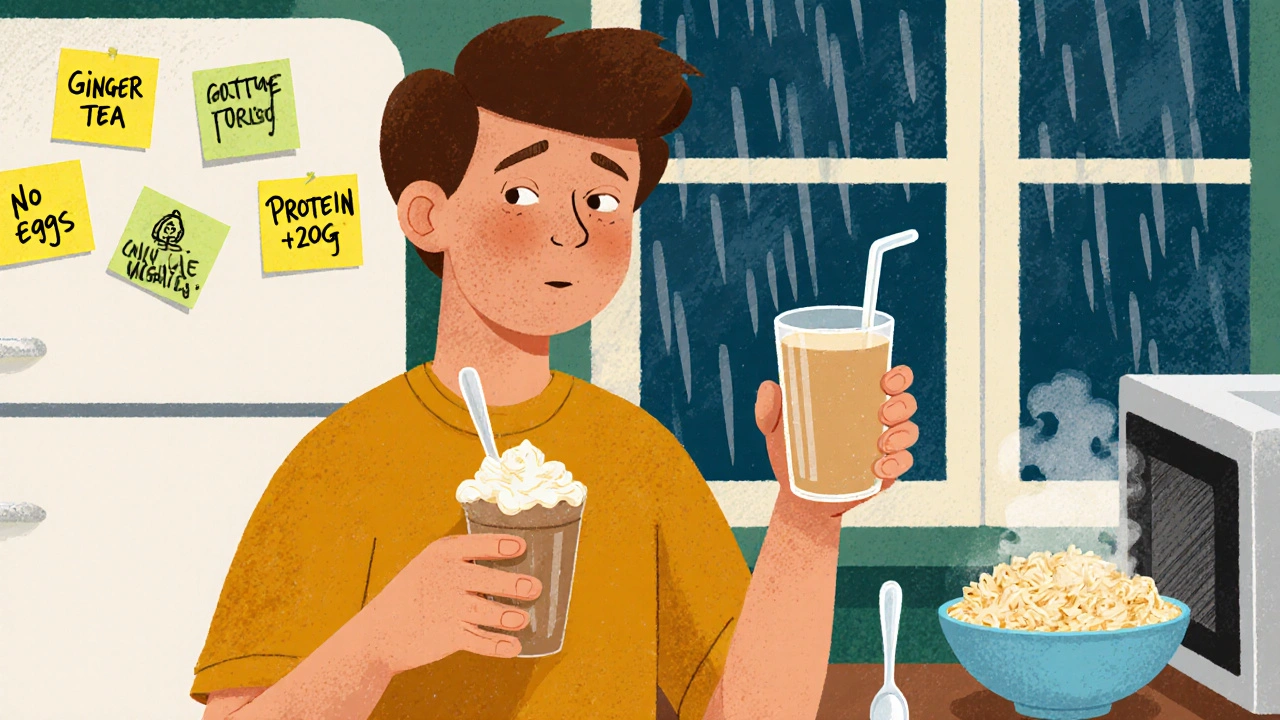
Food Safety Matters More Than Ever
Chemotherapy weakens your immune system. What’s harmless to a healthy person can make you very sick. The rules change.
- No raw or undercooked meat, fish, or eggs. That includes sushi, rare steak, and runny yolks. Eggs must be cooked until the yolk is firm (160°F or 71°C).
- Avoid deli meats, soft cheeses (like brie or blue cheese), and unpasteurized milk. These can carry Listeria, which is dangerous for immunocompromised patients.
- Don’t eat homemade mayonnaise, Caesar dressing, or cookie dough-they often contain raw eggs.
- Wash all produce thoroughly. Even pre-washed bags. Use clean cutting boards and wash hands before handling food.
- Reheat leftovers to steaming hot (165°F). Don’t eat food left out for more than two hours.
One woman in Leeds stopped eating her favorite tuna salad after chemo started. She switched to canned tuna in water, mixed with mayo (store-bought, pasteurized), and ate it cold. Simple change. Big safety win.
What to Skip: The Myths About ‘Healthy Eating’ During Chemo
You’ve heard: eat whole grains, avoid sugar, cut fat. Those rules don’t apply during treatment.
- Whole grains? Too high in fiber. If you have nausea or diarrhea, stick to white bread, white rice, and pasta. Fiber over 15g a day can make nausea worse.
- Low-fat diets? No. Your body needs fat for calories. Full-fat dairy, avocado, nuts, and oils help you gain weight and absorb nutrients.
- Detox diets or juice cleanses? Dangerous. You’re not trying to ‘flush toxins.’ You’re trying to stay alive. These diets lack protein and calories and can make you weaker.
- Going vegan or plant-based? Possible, but hard. You’ll need careful planning to hit protein goals. Most patients do better with animal proteins during active treatment.
There’s no ‘perfect’ diet for chemo. There’s only what works to keep you fed and strong. If a food gives you energy, even if it’s not ‘healthy,’ eat it.
Practical Tips That Actually Work
Small changes make a big difference.
- Keep snacks visible. Place trail mix, cheese sticks, or granola bars on the counter, bedside table, and in your bag. Out of sight = out of mind.
- Use plastic utensils. Metal can taste bitter. Plastic doesn’t.
- Freeze grapes or berries. They’re cold, sweet, and soothing for mouth sores.
- Chew gum or suck on hard candy (citrus or mint) to mask metallic taste.
- Track your intake. Use a notebook or free app to log calories and protein each day. Aim for 25-30 kcal/kg and 1.2-2.0 g/kg daily.
- Ask for help. Don’t wait until you’re too weak to eat. Talk to your oncology team early. Ask for a referral to a registered dietitian who specializes in cancer.
One patient in Leeds started keeping a jar of peanut butter and a box of crackers on her kitchen table. Every time she walked by, she ate two crackers with a spoon of peanut butter. She didn’t plan it. She didn’t force it. She just ate. In three weeks, she gained 2 pounds.
When You Can’t Eat Enough-What Then?
Sometimes, even the best strategies aren’t enough. If you’re losing weight fast, can’t keep food down for more than a few days, or have mouth sores that make swallowing painful, it’s time to talk about supplements or feeding tubes.
Oral nutrition supplements like Juven (with HMB) or specialized shakes can help. Some are covered by insurance. Ask your nurse or dietitian.
If you can’t eat at all, enteral feeding (a tube into your stomach) or IV nutrition may be needed. This isn’t failure. It’s support. About 15-20% of patients on aggressive chemo need this. It’s not permanent-it’s temporary. And it works.
The National Cancer Institute’s free mobile app, launched in 2023, helps track meals, calories, and symptoms. It’s downloaded over 42,000 times. Use it. Or write it down. Just don’t let your intake slip silently.
It’s Not About Perfection-It’s About Progress
You don’t need to eat perfectly. You don’t need to love your food. You just need to eat enough to survive treatment. Some days you’ll eat a full meal. Other days, you’ll manage a banana and a glass of milk. That’s enough. Progress, not perfection, is the goal.
Patients who stick to these simple rules-even when they’re tired, nauseated, or scared-have better outcomes. They finish chemo on time. They heal faster. They spend less time in the hospital. And they keep more of their strength for the life after treatment.
This isn’t just about food. It’s about control. When everything else feels unpredictable, eating is something you can still choose. Even if it’s just one spoonful at a time.
Can I still eat fruits and vegetables during chemotherapy?
Yes-but you need to be careful. Wash all produce thoroughly. Peel fruits and vegetables when possible to reduce bacteria. Cook them if you have mouth sores or a weak immune system. Raw salads and unpeeled produce carry higher risk. Stick to cooked carrots, steamed broccoli, applesauce, and peeled bananas. Avoid sprouts, raw mushrooms, and unwashed berries.
Why am I losing weight even though I’m eating?
Chemotherapy changes how your body uses energy. It increases your metabolism and breaks down muscle faster than normal. Even if you’re eating the same amount as before, your body may be burning calories faster than you can replace them. You need more calories and protein than before. Track your intake using a food log. If you’re eating but still losing weight, talk to your dietitian about high-calorie supplements or liquid nutrition.
Should I take vitamin supplements during chemo?
Only if your doctor or dietitian recommends them. High-dose antioxidants like vitamin C, E, or selenium can interfere with how chemo works. Stick to a basic multivitamin if you’re not eating well. Don’t take herbal supplements or megadoses without approval. Your treatment team knows what’s safe.
How do I know if I’m getting enough protein?
Use a simple rule: aim for 1.2-2.0 grams of protein per kilogram of body weight. For example, if you weigh 70 kg (154 lbs), you need 84-140 grams daily. Track your meals for 3 days. A cup of Greek yogurt = 15g, 2 eggs = 12g, 3 oz chicken = 21g, 2 tbsp peanut butter = 8g. Add them up. If you’re under target, add a protein shake or two scoops of powder to your soup or oatmeal.
What if I can’t afford specialty nutrition products?
You don’t need expensive shakes. Homemade versions work just as well. Blend whole milk, Greek yogurt, peanut butter, banana, and honey. That’s 400+ calories and 20g protein for under $1.50. Use canned tuna, eggs, cottage cheese, and peanut butter-all affordable, high-protein staples. Many food banks and cancer support groups offer free nutrition supplies. Ask your hospital’s social worker.
Is it normal to lose appetite completely during chemo?
Yes. Loss of appetite is one of the most common side effects. But it doesn’t mean you should give up. Eat when you feel even slightly hungry-even if it’s 3 a.m. or right after a treatment. Your body doesn’t care about meal times. It cares about calories. Keep snacks ready. Try eating a small amount every 2-3 hours. Even a handful of nuts or a spoon of yogurt counts. Don’t wait for hunger-it may never come.
If you’re struggling with nausea or weight loss during chemotherapy, you’re not failing. You’re fighting. And the right food can be your strongest tool. Start small. Eat what you can. Ask for help. Your body needs you to keep going-and you’re not alone in this.


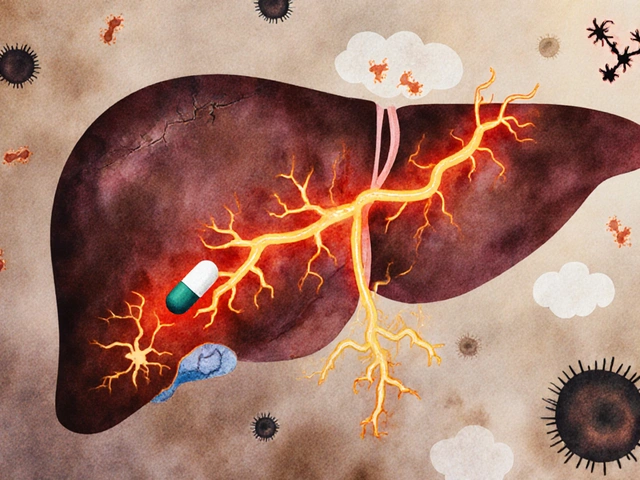
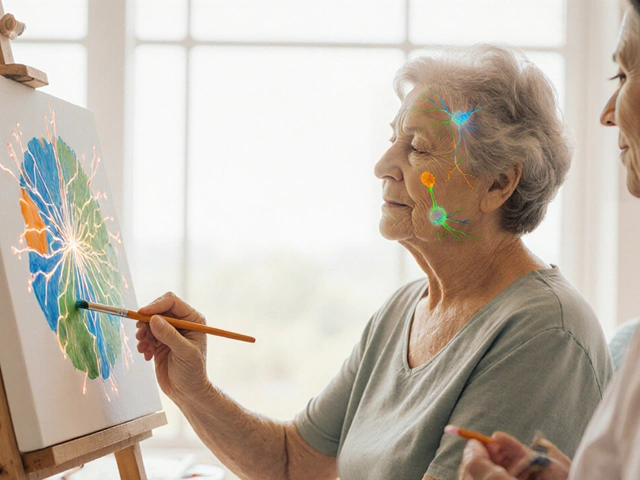
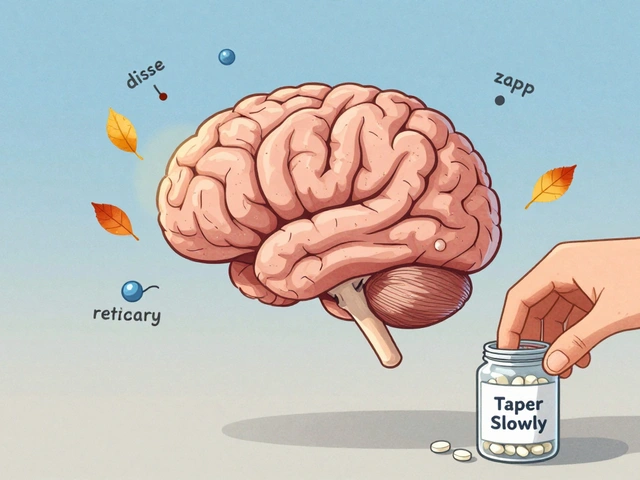
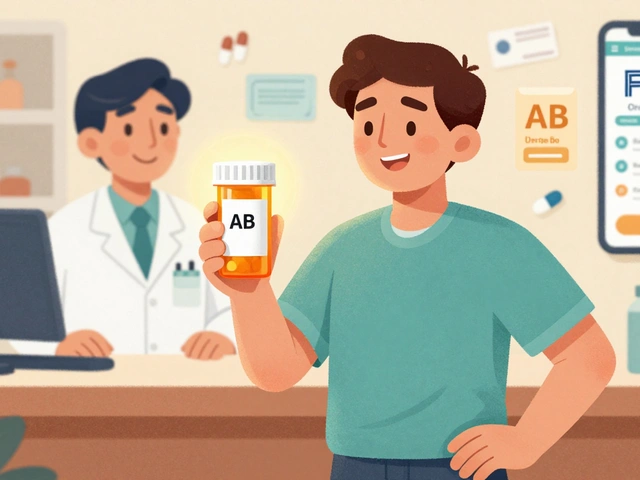

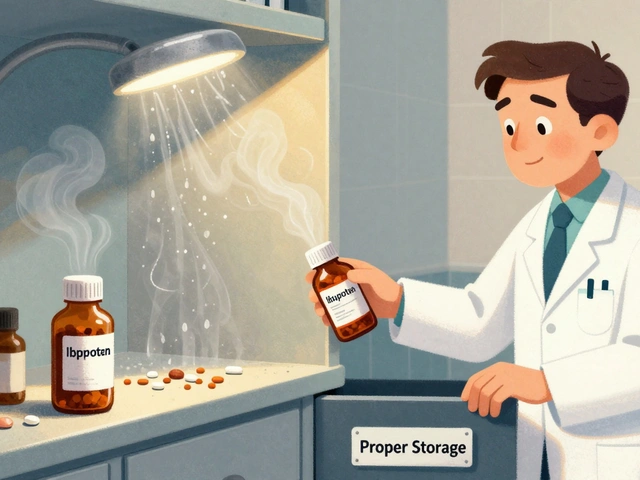

Kevin Jones
19 Nov 2025 at 03:13Chemo metabolizes at a hypercatabolic state-protein turnover skyrockets. If you're not hitting 1.8g/kg/day, you're not sustaining lean body mass. Period. Your myofibrillar synthesis is being outpaced by proteolysis. This isn't nutrition-it's survival pharmacology.